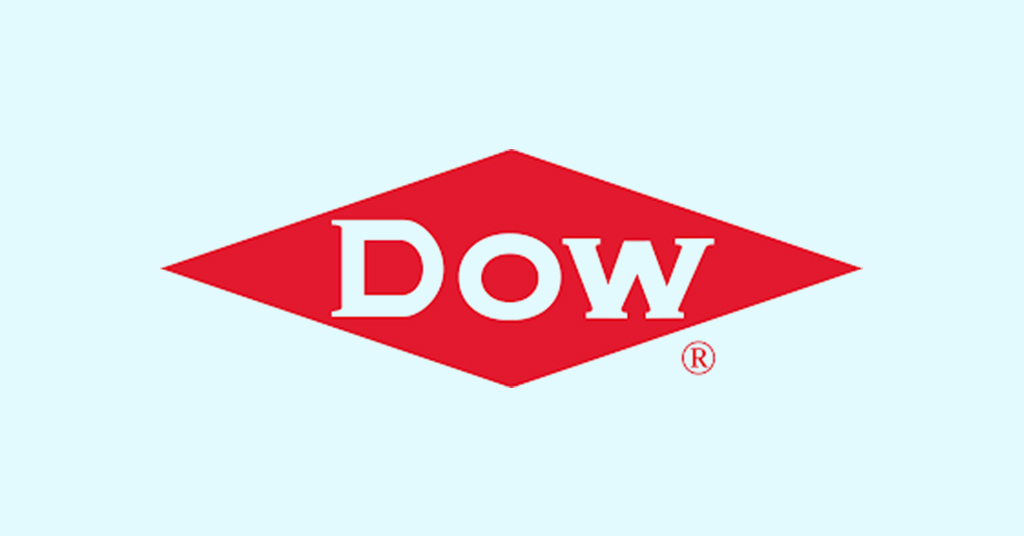LDEQ Statistics Reveal a High Number of Crises at the Dow Plaquemine Site
- 28-Jul-2023 5:38 PM
- Journalist: Harold Finch
US: Over the previous four years, there have been 10 emergency events at the Dow Chemical factory in Iberville Parish that led to unpermitted pollution leaks. The majority happened in the Glycol 2 unit of the building, where a recent explosion started a fire that burnt for about two days.
Most of the mishaps included power outages or valve failures, according to an analysis of Louisiana Department of Environmental Quality (LDEQ) statistics going back to 2019.
On Nov. 3, 2019, a drum at Dow's Glycol 2 unit detonated, releasing roughly 29 pounds of Ethylene Oxide, the same chemical used in the explosion on July 14 that resulted in a night-time mushroom cloud and a fire that burned for over two days.
According to a preliminary state report, Ethylene Oxide levels in water samples taken a day after the most recent explosion were 39 parts per million (ppm) and 0.1 ppm, respectively, when they were retested at a different on-site laboratory. The discrepancy in the report's results from the two labs was not explained by an LDEQ inspector.
Detergents and disinfectants are only a couple of the items that are made with Ethylene Oxide for both industrial and consumer use. In addition to being very volatile and reactive with numerous other substances, it can cause cancer in humans.
The U.S. EPA has taken action to limit the discharge of EtO by industrial facilities, leading to a comprehensive review of its usage and impact on the environment. According to research, almost no level of Ethylene Oxide emissions is safe for those who live close to those facilities.
It is difficult to reduce it to a level where it is safe for those who live nearby because any level can set off one of the processes that can lead to cancer. There is no cut-off below which you may declare yourself totally immune to cancer.
The amount of Ethylene Glycol that facilities in Louisiana must report to LDEQ to avoid fines is 10 pounds. In all five incidents at Dow's Glycol 2 facility, the chemical was released without authorization.
On November 6, 2022, when the Glycol 2 unit lost power due to a circuit breaker tripping, the plant unintentionally released 10,302 pounds of Ethylene, 765 pounds of Ethylene Oxide, and 11,774 pounds of Methane into the atmosphere. The facility's fence line air monitoring revealed no actionable readings. Ethylene and methane both have reporting requirements of 100 and 1,000 pounds, respectively.
On June 10, 2020, Dow's Glycol 2 unit lost power, causing a 16-minute 16-pound Ethylene Oxide emission into the atmosphere. The rate was much higher than the 2.97 pounds per hour permitted under Dow's permit. At the fence line of the site, LDEQ conducted air sampling but found nothing.
The Glycol 2 unit of Dow emitted 251 pounds of Ethylene Oxide on January 27, 2020, because of a worker accidentally turning off an auxiliary pump. The incident report from LDEQ states that all air monitoring for the incident was "non-detect".
Isopar E, a petroleum chemical used as a fuel and industrial solvent, was released on December 28, 2022, by Dow's Polyethylene C unit in an amount of almost 17,000 pounds or nearly 3,000 gallons. A chemical leaked into a containment area and vaporized for more than two hours because of a worker mistakenly leaving the bleed line on a storage tank open. Isopar E has a reportable quantity of 100 pounds.
Due to an electronic failure of an emergency vent valve inside a reactor, Dow's Polyethylene D unit unintentionally released 6,388 pounds of Ethylene into the atmosphere on January 16, 2021. The amount of Ethylene that must be reported is 100 pounds. Dow said that despite performing community air monitoring, nothing was found.
Upon premature activation at a pressure below its threshold on August 29, 2020, a pressure safety valve at Dow's Polyethylene A plant released 898 pounds of Ethylene into the atmosphere. There is no indication in the incident's records as to what might have opened the valve.
On May 4, 2020, a power trip at Dow's Glycol 1 unit caused a control valve leak that let liquid propylene chlorohydrin and hydrogen chloride escape through a 10-inch pipe. Both substances are poisonous to people. The holding pond at the plant served to contain the release. All the Propylene Chlorohydrin was recovered by the crews, but about 9 pounds of Hydrogen Chloride evaporated and were lost to the atmosphere. The amount was less than the LDEQ's 5,000-pound reporting limit.
A pressure safety valve on a storage tank burst on May 21, 2019, causing 290 gallons of mineral oil to leak from Dow's Polyethylene B factory. A concrete containment area and a concrete working area were both contaminated by the spilled oil. The amount was more than the 42 gallons of reportable quantity.
Dow is still doing engineering study to ascertain what compounds were emitted from the incident on July 14 and in what quantities, according to LDEQ spokeswoman Gregory Langley. Further inquiries were directed to Dow, which has remained silent on the issue.
In Louisiana and Texas, Dow is subject to a federal consent decree that it agreed to in January 2021 because of prior Clean Air Act violations. Dow was required to construct and maintain sensors and monitoring systems as part of the settlement with the Environmental Protection Agency to guarantee that gasses supplied to its flares are effectively burned. According to a Justice Department report, the corporation must also carry out air quality monitoring intended to find benzene near the fence lines of the four covered plants and pay a civil penalty to LDEQ of $675,000 as well.



